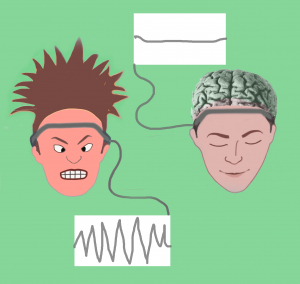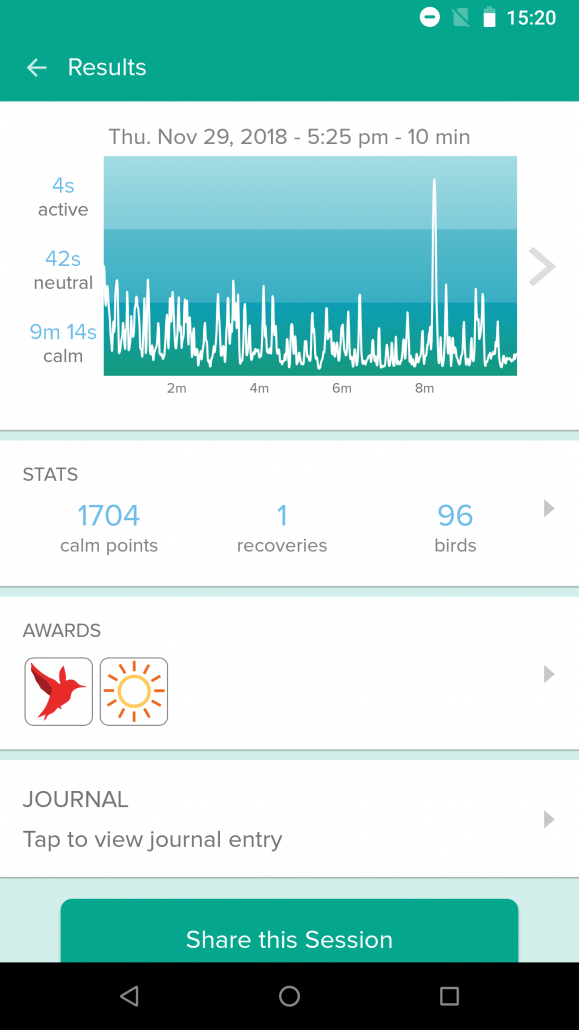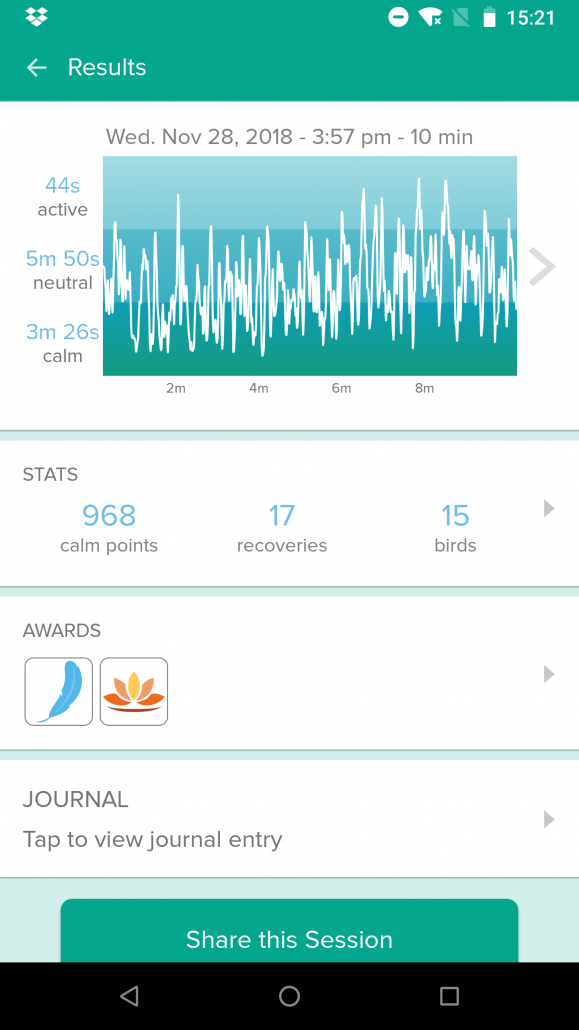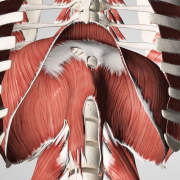 https://samahitaretreat.com/wp-content/uploads/2023/11/IMG_6969-scaled.jpg
1707
2560
Kirsten Mia
http://samahitaretreat.com/wp-content/uploads/2024/01/samahita-logo-v2.svg
Kirsten Mia2023-11-08 18:27:412023-11-08 18:27:41Biohacking – Optimize your Wellbeing.
https://samahitaretreat.com/wp-content/uploads/2023/11/IMG_6969-scaled.jpg
1707
2560
Kirsten Mia
http://samahitaretreat.com/wp-content/uploads/2024/01/samahita-logo-v2.svg
Kirsten Mia2023-11-08 18:27:412023-11-08 18:27:41Biohacking – Optimize your Wellbeing.Biofeedback Meditation with EEG headsets
The ancient practices of meditation, expressed through manuscripts and living traditions, have never stood still. The techniques and customs surrounding numerous approaches to meditation whether Vedic, Yogic or Buddhist have evolved, often in dialectic fashion, with each other. Developments and adjustments abound over thousands of years of insight and experimentation. The art of silencing the mind, finding clarity or connecting with deeper or higher states of consciousness continues to change even though in essence the purpose remains the same.
Biofeedback and Brainwaves
What is the purpose of biofeedback? The traditions teach us how to sit, concentrate, eat and abide in appropriate ways conducive to meditation. We learn to observe our breath, sensations, mental formations, clarify the senses with the intention of delving deeper within our Self. It is here where the biofeedback begins – recognising the quality of breath, sensation, tension and mental formations acts as an intuitive barometer with which to work towards deeper states and understanding. This requires education, skill and practice and is imparted from teacher to student.
Enter the world of biometrics, digital biofeedback and biohacking. Electroencephalograms (EEG) were first invented in 1924 by Hans Berger(1) for reading brainwaves (electrical pulses emitted by neurons). With the aid of EEG headsets we are now able to receive immediate biofeedback of brainwave activity during a meditation session. A Muse portable EEG headset interprets raw brainwave data and gives feedback through live soundscapes (2). For example, in the Tropical setting, an overactive wandering mind is translated as rain and a calm mind produces bird sounds. This feedback allows the user to actively adjust their mental state to alter the feedback. It also produces a simple graph to show moments of focus and distraction. With practice this ability to adjust becomes more natural and the Muse app provides encouragement and motivation through rewards and setting new targets.
Mental states, understood subjectively, form an inner experience that may be expressed as thoughts and feelings. Alternatively, brainwaves, alpha, beta, delta, theta and gamma, can be objectively measured and are associated with specific mental states. (3) For example, alpha waves will dominate during a calm, relaxed state of mind while beta waves will dominate during problem solving and decision-making, and theta waves are more active during deep sleep and meditative states. (4) Of course this is a simplification as all brainwaves are present in any given moment and each part of the brain may have differing levels of each brainwave type. (5)
Established meditators are often accustomed to natural biofeedback (breath, posture, mental formations) with an ability to correct the quality of their attention accordingly but may also be surprised by the results. We’ve tested the device on people here at Samahita and even regular practitioners have received unbalanced results. This is where the EEG headset is useful, responding to feedback and adjusting one’s attention appropriately is a skill that may be developed through regular use.
Results
Here are two examples of results from different people after a session with our mini EEG headset. Each shows the graph, points and “awards”.
- 92% Calm. This is a person with a regular meditative practice using a specific technique consistently throughout the session. The graph shows a very focused and calm mind with just one moment of distraction.
- 34% Calm. This is a person with an irregular meditation practice where no specific technique was used. The quality of the graph shows there is an effort to concentrate but the mind is easily distracted.
As you can see from these simple examples, a regular, consistent practice has a measurable effect and even a person who thinks they are “meditating” may in fact be distracted according to the brainwave measurements. However, results will differ for the same individual merely on time of day. Context is important as we are in constant change throughout the day.
What I found personally useful is the evidence that regular meditation practice does have a direct measurable effect on the brain. That a consistent practice, without any digital readings, does develop a skill to adjust one’s state of mind at will and recognise one’s own bio-feedback internally as well as through an EEG.
My advice to beginners who may be starting meditation practice for the first time with a Muse, or another EEG headset, is to follow the guided meditations and use the device as a training aid and for occasionally measuring one’s progress. Having time without any device to meditate “naturally” is essential to truly developing the deeper benefits and insights through a regular practice.
One thing is certain, the Muse headset is not a substitute for traditional meditation for various reasons: the presence of the device itself affects the outcome, for example, just having the device and app by your side is distracting and not conducive to meditation. Also, the goal-orientated reward system of the app creates dependency and attachment. It is more beneficial when used occasionally to measure progress regarding brainwave states. The devices we tested are simple consumer products and have their limits but full-brain detailed insight biofeedback devices are powerfully helpful at correcting mental patterns, If you ever get the chance to use one!
Returning to our ancient and evolving traditions can we say that biofeedback is another step in the direction of deeper understanding and awareness? Maybe, but this is still in its infancy and we have to learn, culturally and scientifically, to incorporate these developments towards our collective, and individual, enlightenment.
- https://en.wikipedia.org/wiki/Hans_Berger(EEG invented by Hans Berger in 1924)
- https://choosemuse.com/what-it-measures/
- https://www.sciencedaily.com/releases/2010/03/100319210631.htm (meditation and brainwaves)
- https://www.psychologytoday.com/us/blog/the-athletes-way/201504/alpha-brain-waves-boost-creativity-and-reduce-depression (Brainwaves, meditation and mental health)
- http://www.jneurosci.org/content/35/5/2074.short (Attention Drives Synchronization of Alpha and Beta Rhythms between Right Inferior Frontal and Primary Sensory Neocortex)
More from the Samahita Blog









